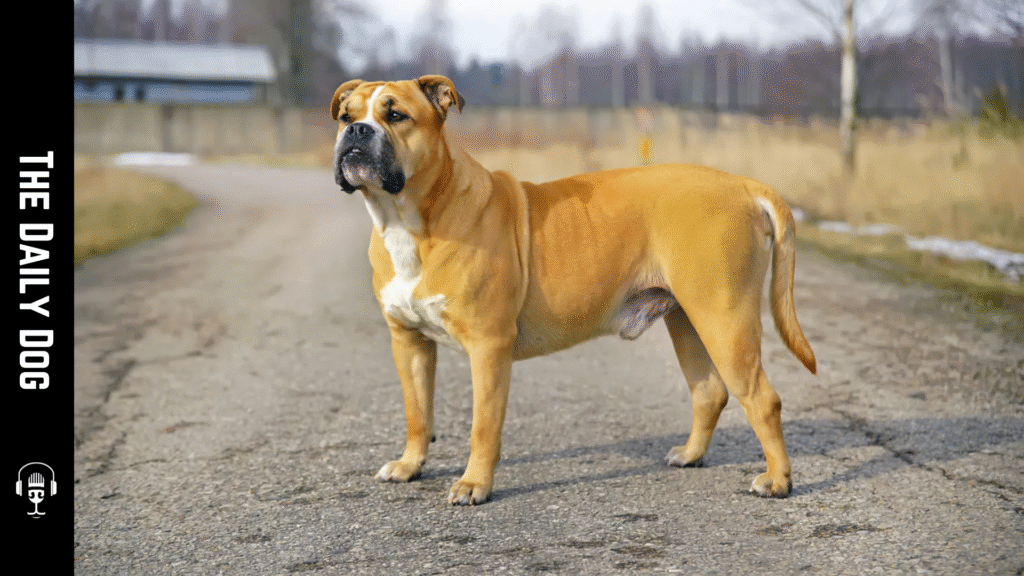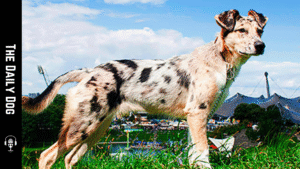The Ca de Bou, also known as the Catalan Mastiff or Perro de Presa Mallorquin, is a powerful and noble breed that embodies strength, loyalty, and protective instincts. Originating from the Balearic Islands, particularly Mallorca, this breed has a rich history rooted in guarding and guarding livestock. Today, the Ca de Bou continues to captivate dog enthusiasts and families alike with its commanding presence and affectionate nature. In this blog post, we will explore the origins, physical characteristics, temperament, training tips, health considerations, and the ideal environment for this remarkable breed.
Origins and History of the Ca de Bou
The roots of the Ca de Bou trace back to ancient times, with ancestors believed to be Roman mastiffs brought to the Iberian Peninsula during the Roman Empire. Over centuries, these dogs were selectively bred by farmers and shepherds in Mallorca and surrounding regions to serve as guardians of livestock and property. Their primary role was to protect flocks from predators and intruders, which necessitated a breed that was both courageous and resilient.
Historically, the Ca de Bou was known for its formidable strength and intimidating appearance, which served as a deterrent to potential threats. Despite their tough exterior, these dogs also possessed a gentle and protective nature, especially toward their families. Their history is intertwined with the rural life of Mallorca, where they played a vital role in safeguarding farms and herds.
In the 20th century, the breed faced challenges due to the decline of traditional farming practices and the rise of other breeds. Fortunately, dedicated enthusiasts and breed clubs worked tirelessly to preserve the Ca de Bou, leading to a resurgence of interest in the breed’s preservation and recognition by various kennel clubs.
Physical Characteristics of the Ca de Bou
The Ca de Bou is a robust and muscular breed, characterized by a powerful build and an imposing presence. Here are some key physical traits:
Size: The breed is considered a large dog, with males typically standing between 22 to 24 inches at the shoulder and weighing around 100 to 130 pounds. Females are slightly smaller, measuring about 20 to 22 inches and weighing 80 to 110 pounds.
Head: They have a broad, massive head with a pronounced skull and a well-defined stop. Their powerful jaw and strong bite are notable features.
Ears: The ears are medium-sized, set high, and often cropped in some regions, though cropping is less common today due to changing regulations and attitudes.
Eyes: The eyes are dark, expressive, and almond-shaped, conveying alertness and intelligence.
Coat: The coat is short, dense, and coarse. Common colors include fawn, brindle, or a combination of these hues. The coat requires regular brushing to maintain cleanliness and health.
Tail: The tail is thick at the base and tapers toward the tip, often carried low or slightly curved.
The breed’s physical appearance emphasizes strength, agility, and resilience. Their muscular build and commanding stature make them instantly recognizable and serve as a testament to their working heritage.
Temperament and Personality Traits
The Ca de Bou is renowned for its courageous and loyal nature. These dogs are fiercely protective of their families and territory, making them excellent guard dogs. Their natural alertness means they are quick to bark at unfamiliar sounds or strangers, serving as an effective early warning system for homeowners.
Despite their formidable appearance and guarding instincts, Ca de Bou dogs are also affectionate and gentle with their loved ones. They tend to form strong bonds with family members, especially children, and are known for their patience and protective attitude. Proper socialization from a young age is crucial to ensure they are well-behaved around other pets and visitors.
One of the defining traits of the Ca de Bou is their intelligence. They are quick learners and respond well to consistent, positive reinforcement training methods. They thrive in environments where they feel secure and understand their role within the family unit.
However, their dominant and territorial nature means they may not be suitable for first-time dog owners or homes without prior experience with large, protective breeds. Early socialization, firm leadership, and ongoing training are essential to foster a well-balanced and obedient dog.
Training and Socialization Tips
Training the Ca de Bou requires patience, consistency, and positive reinforcement techniques. Here are some essential tips for raising a well-behaved and balanced dog:
Start Early: Begin socialization and basic obedience training as soon as possible. Expose your dog to different people, environments, and other animals to prevent aggression or fearfulness.
Use Positive Reinforcement: Reward good behavior with treats, praise, or play. Avoid harsh corrections, as they can damage the trust between you and your dog.
Establish Leadership: The Ca de Bou needs a confident owner who can set clear boundaries. Be firm but fair, and maintain a consistent routine.
Socialize Extensively: Regular exposure to new situations helps prevent territorial aggression. Introduce your dog to different sounds, sights, and smells in a controlled manner.
Provide Mental Stimulation: These intelligent dogs enjoy problem-solving activities and interactive toys. Mental engagement prevents boredom, which can lead to destructive behaviors.
Leash Training: Due to their strength and protective instincts, proper leash training is essential to ensure safe walks and prevent unintentional lunging or pulling.
Obedience Classes: Enrolling your Ca de Bou in professional training classes can enhance socialization and obedience skills.
Training should always be a positive experience, emphasizing patience and consistency to foster trust and respect.
Health and Care Considerations
Like all breeds, the Ca de Bou has specific health concerns and care requirements. Being aware of these can help ensure a long, healthy life for your dog.
Common Health Issues:
- Hip Dysplasia: A hereditary condition affecting the hip joints, leading to arthritis or mobility issues.
- Elbow Dysplasia: Similar to hip dysplasia, affecting the elbow joints.
- Skin Conditions: Due to their dense coats, they may be prone to skin infections or irritations if not properly groomed.
- Obesity: Their large size makes them susceptible to weight gain, which can strain joints and overall health.
Care Tips:
- Diet: Feed a balanced, high-quality diet suitable for large breeds. Avoid overfeeding to prevent obesity.
- Exercise: Provide regular, moderate exercise to maintain muscle tone and mental stimulation. Avoid excessive or high-impact activities during puppyhood to protect developing joints.
- Grooming: Weekly brushing helps remove loose hair and keeps the coat healthy. Regular baths and skin checks are also recommended.
- Veterinary Visits: Routine check-ups, vaccinations, and dental care are vital to detect potential health issues early.
Living Environment:
The Ca de Bou thrives in homes with ample space, such as houses with fenced yards. They are not well-suited for apartment living unless their exercise needs are met consistently. Due to their protective nature, they do best with experienced owners who can establish clear boundaries and provide leadership.
The Ideal Home for a Ca de Bou
The Ca de Bou is best suited to families or individuals who appreciate the breed’s loyalty, strength, and protective instincts. They are excellent guardians and companions for active households that can provide consistent training, socialization, and love.
This breed does well with children, especially in homes where they are raised together from puppyhood. Their calm and affectionate demeanor makes them suitable family pets, provided they are properly socialized.
However, due to their size and temperament, they are not recommended for first-time dog owners or homes with small pets unless socialized thoroughly. Proper training and socialization are crucial to ensure they are well-mannered and safe around visitors and other animals.
The Ca de Bou stands out as a breed that combines strength, loyalty, and intelligence. With proper training, socialization, and care, they make excellent protectors and loving companions. Their rich history and noble demeanor continue to endear them to dog lovers around the world.
If you are considering adding a Ca de Bou to your family, prepare to invest time and patience into training and socialization. With the right environment and leadership, this resilient and courageous breed can become a cherished member of your household for many years to come.
The Ca de Bou is a remarkable breed that embodies the qualities of a true guardian—courageous, loyal, and protective, while also offering affectionate companionship to those they trust. Their unique blend of strength and gentleness makes them a fascinating and rewarding breed for experienced dog owners committed to providing proper care and socialization.










